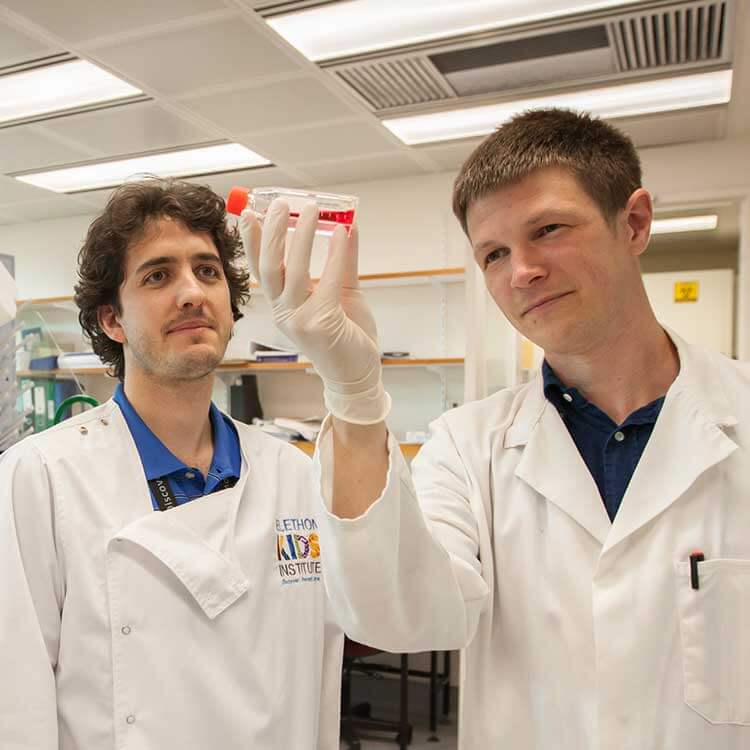Search
Research
Basophil counts in PBMC populations during childhood acute wheeze/asthma are associated with future exacerbationsOur findings suggest that the proportion of degranulated basophils can also be associated with recurrent exacerbations
Research
Size-Dependent Uptake of Particles by Pulmonary Antigen-Presenting Cell PopulationsThe respiratory tract is an attractive target organ for novel diagnostic and therapeutic applications with nano-sized carriers, but their immune effects and...
Research
Functional differences in airway dendritic cells determine susceptibility to IgE-sensitizationRespiratory IgE-sensitization to innocuous antigens increases the risk for developing diseases such as allergic asthma.
Research
Immunological processes driving IgE sensitisation and disease development in males and femalesIn this review, we discuss recent mechanistic studies casting further light on how the expression of sex hormones may influence the innate and adaptive immune system
Research
Nasal Delivery of Haemophilus haemolyticus Is Safe, Reduces Influenza Severity, and Prevents Development of Otitis Media in MiceDespite vaccination, influenza and otitis media (OM) remain leading causes of illness. We previously found that the human respiratory commensal Haemophilus haemolyticus prevents bacterial infection in vitro and that the related murine commensal Muribacter muris delays OM development in mice. The observation that M muris pretreatment reduced lung influenza titer and inflammation suggests that these bacteria could be exploited for protection against influenza/OM.
Research
Genetic variants of TLR4, including the novel variant, rs5030719, and related genes are associated with susceptibility to clinical malaria in African childrenMalaria is a deadly disease caused by Plasmodium spp. Several blood phenotypes have been associated with malarial resistance, which suggests a genetic component to immune protection.
Research
Persistent and compartmentalised disruption of dendritic cell subpopulations in the lung following influenza A virus infectionImmunological homeostasis in the respiratory tract is thought to require balanced interactions between networks of dendritic cell (DC) subsets in lung...
Research
Allergen Specific IgE is a Stronger Predictor of Remission Following Peanut Oral Immunotherapy Than Age in Children Aged 1–10 YearsRemission is the desired outcome following OIT as it allows individuals to discontinue treatment and eat the allergen freely. Early initiation of OIT in infants and toddlers has been embraced as an approach to increase the likelihood of remission. However, there is no high-quality evidence supporting younger age as an independent factor driving remission; available studies are limited by small samples of younger subjects and lack of adjustment for confounding covariates, particularly peanut-specific IgE (sIgE) levels which is closely cor
Research
Boosting airway T-regulatory cells by gastrointestinal stimulation as a strategy for asthma controlThe hallmark of atopic asthma is transient airways hyperresponsiveness (AHR) preceded by aeroallergen-induced Th-cell activation.

The Pregnancy and Early Life Immunology team's overall research vision is targeted towards understanding immunological development during early life.
